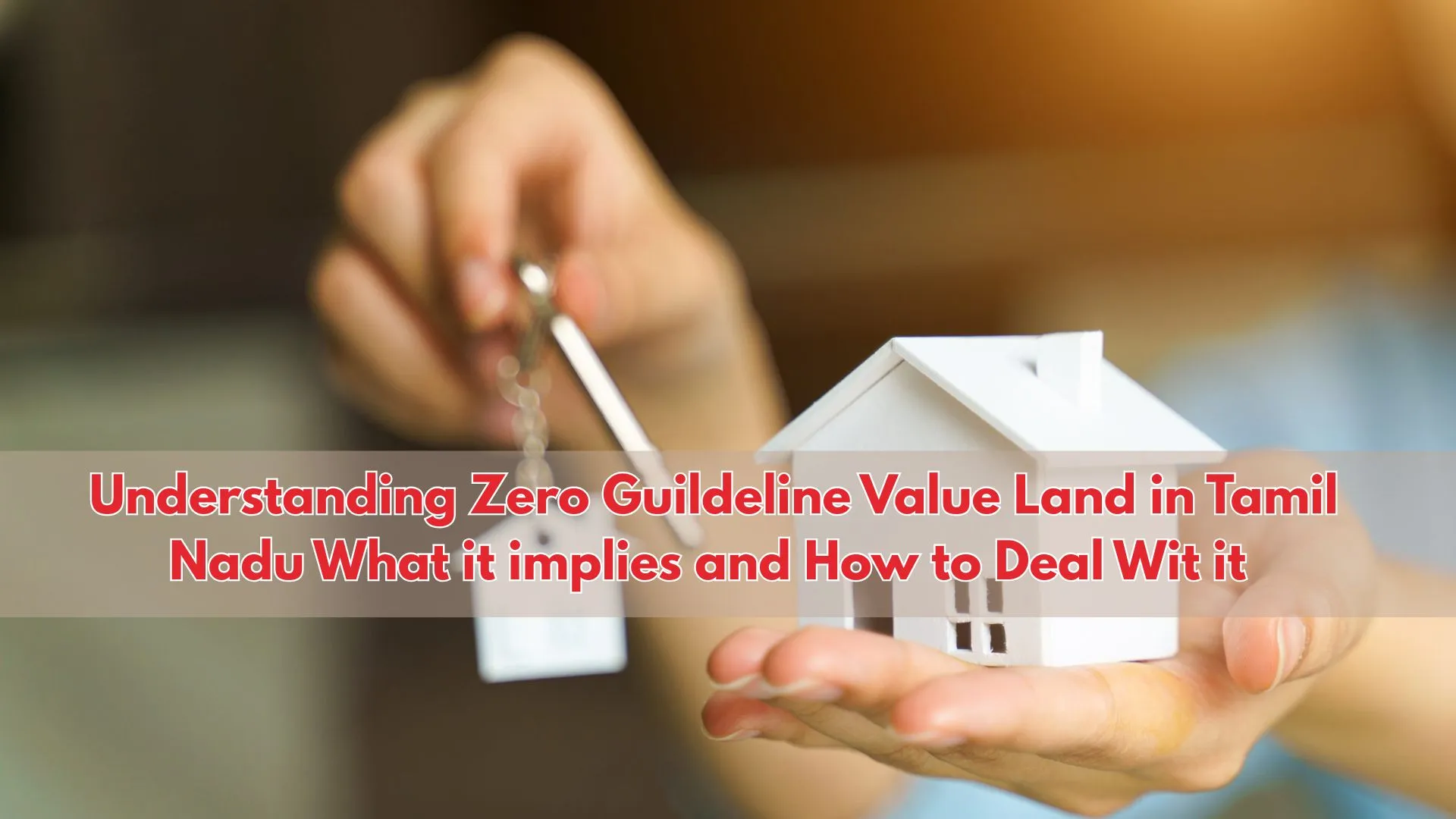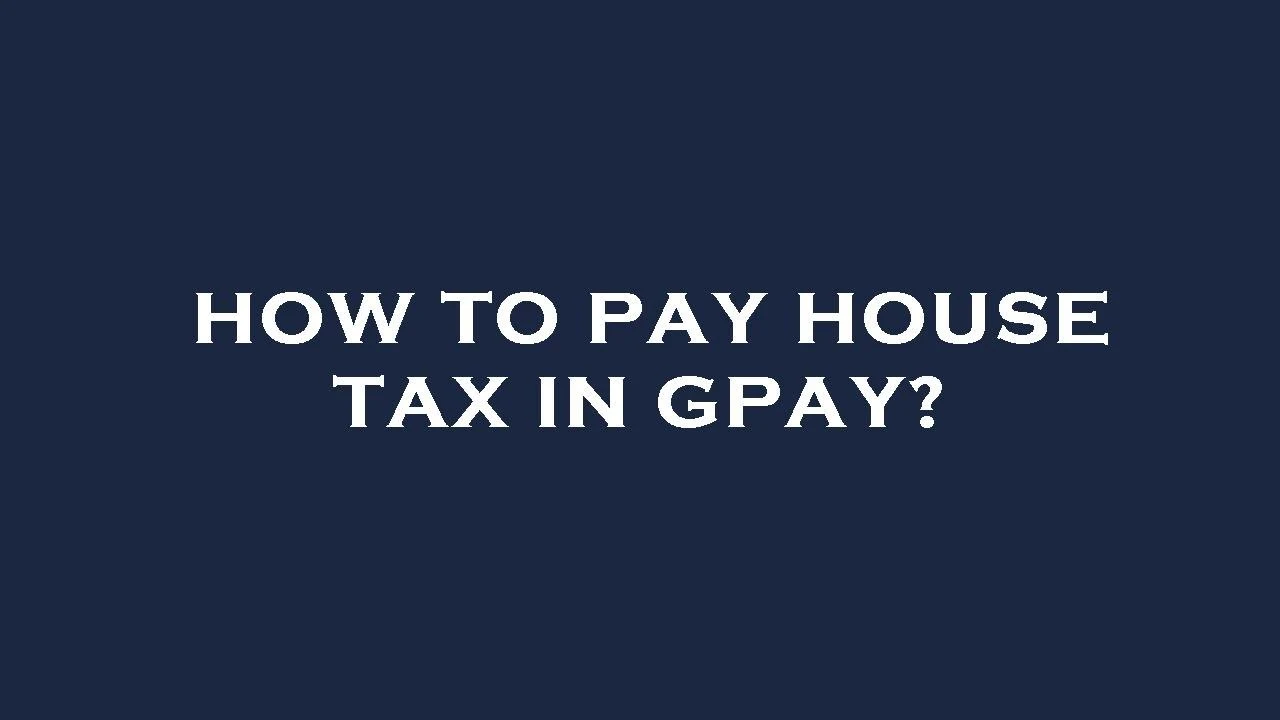In Tamil Nadu, the Guideline Value system is a key component of the state’s land and property market, impacting both buyers and sellers. Essentially, the guideline value represents the minimum value of land or property set by the government, below which no sale or transaction should occur. This value is primarily determined based on factors like location, infrastructure, demand, and surrounding development. However, Zero Guideline Value Land is a concept that often confuses both landowners and potential buyers. Below, we'll explore what zero guideline value means, the reasons for its occurrence, its implications, and how to handle it.
What Is Zero Guideline Value Land?
A Zero Guideline Value (ZGV) land refers to a parcel of land for which the Tamil Nadu government has not assigned any minimum value under the guideline value system. This means there is no officially prescribed price for transactions involving such lands, making it an anomaly in the broader property market.
Reasons for Zero Guideline Value Land
- Unclassified or Unregulated Land: Some lands fall under areas that haven’t yet been formally classified or regulated by the state revenue or land departments. These could be in rural, unurbanized, or transitional zones where the land hasn’t been surveyed or updated on official government records.
- Revenue Classification Issues: If a land parcel hasn't been assigned a specific revenue classification (like agricultural, residential, or commercial), it may not have a guideline value attached to it.
- Unauthorized Developments: If land has been developed without proper legal permissions or in areas not zoned for construction, the government might not assign a value to the land.
- Land Located in Restricted Zones: Certain lands located near military areas, protected forests, or water bodies may be excluded from valuation due to legal or environmental restrictions.
- Outdated Data: The guideline values are subject to regular updates, and in some cases, the assigned value may not have been revised in a long time, leading to the land being left with a "zero" value temporarily.
Implications of Zero Guideline Value Land
1. Difficulties in Property Transactions
One of the most significant implications of owning or buying Zero Guideline Value land is the difficulty in formalizing transactions. Because there is no established guideline value, registering or transferring ownership of the property may be more challenging. It can create uncertainty for both buyers and sellers as banks may be reluctant to provide loans for such properties due to the lack of valuation.
2. Legal Complications
Zero Guideline Value land could potentially be subject to legal issues. If a piece of land has been developed or sold without proper authorization, it may face challenges in terms of ownership or usage rights. This can be a major red flag for buyers as they could end up investing in a property that faces litigation or disputes.
3. Impact on Loan Eligibility
For buyers seeking to obtain a home loan or mortgage, zero guideline value lands can present challenges. Since most financial institutions use the guideline value as a reference for determining the loan amount, a zero guideline value could lead to the rejection of loan applications or result in lower-than-expected loan disbursements. This can make the land less attractive to potential buyers.
4. Possible Devaluation of Property
Zero guideline value land may indicate that the area is underdeveloped or lacks basic infrastructure like roads, water supply, or electricity. This may make it less desirable in the real estate market and potentially lead to a lower market value. Additionally, the lack of a defined value may make it difficult to assess future appreciation or depreciation of the land.
5. Taxation Challenges
The absence of a guideline value can also cause issues when it comes to property taxes. Tax authorities typically use the guideline value to assess the value of a property for tax purposes. A zero guideline value might complicate tax assessments, leading to confusion about the appropriate amount of tax to pay.
How to Deal with Zero Guideline Value Land
If you find yourself dealing with Zero Guideline Value land, whether you are an owner, potential buyer, or investor, it is crucial to approach the situation carefully. Here are some steps you can take:
1. Conduct a Thorough Title Search and Legal Due Diligence
Before purchasing any Zero Guideline Value land, it is crucial to ensure that the property has a clear legal title. Check the land's ownership history, verify the land's status with local authorities, and ensure there are no encumbrances or pending legal disputes related to the property. Consulting with a legal expert is highly recommended to avoid any legal complications later.
2. Verify Land Use and Zoning
Ensure the land is classified under the appropriate revenue category (agriculture, residential, etc.) and confirm its land use status. If the land is within a restricted area, or is part of unauthorized developments, this could create significant problems down the road.
3. Seek Clarification from Local Authorities
If the land falls under a zero guideline value due to outdated data or administrative issues, it is important to consult the local municipal or revenue office. They may be able to clarify the land’s status and provide you with updates or help you rectify the situation by reclassifying the land or getting the guideline value assessed.
4. Negotiate the Price with Caution
If you are considering purchasing Zero Guideline Value land, use caution when negotiating the price. The lack of a fixed value can give you some leverage, but it’s also important to factor in the uncertainty and possible risks involved. Make sure the deal is reflected in the pricing, considering the potential for future revaluation, possible legal hurdles, and development prospects.
5. Check the Market Value of Nearby Properties
Even if the guideline value for the land is zero, you can check the market value of nearby properties. This will give you an idea of the land’s possible worth, despite the lack of a guideline value. Conducting a comparative market analysis will help you gauge if the asking price for the property is reasonable.
6. Look for Alternative Funding Options
Since banks may not provide loans for Zero Guideline Value lands, you might need to explore alternative financing options, like private loans, or even secure funding through non-institutional methods. Be sure to weigh the risks involved before proceeding with any financial arrangements.
7. Consider Long-Term Development Prospects
If the land is located in a developing or unregulated area, it could have significant future potential. However, the timeline for development might be uncertain. Evaluate the area’s potential for future growth and infrastructure development, which could eventually increase the value of the land once a guideline value is assigned.
Conclusion
Zero Guideline Value land in Tamil Nadu represents a unique challenge in the real estate market, as it lacks a government-mandated value, which can cause complications in transactions, loans, and ownership rights. Whether you are a buyer or an existing landowner, it’s essential to conduct due diligence, understand the reasons behind the zero value, and take appropriate steps to resolve any legal or financial obstacles. Properly navigating these challenges will ensure that you can make informed decisions and avoid potential pitfalls when dealing with such properties.
https://www.livehomes.in/blogs













